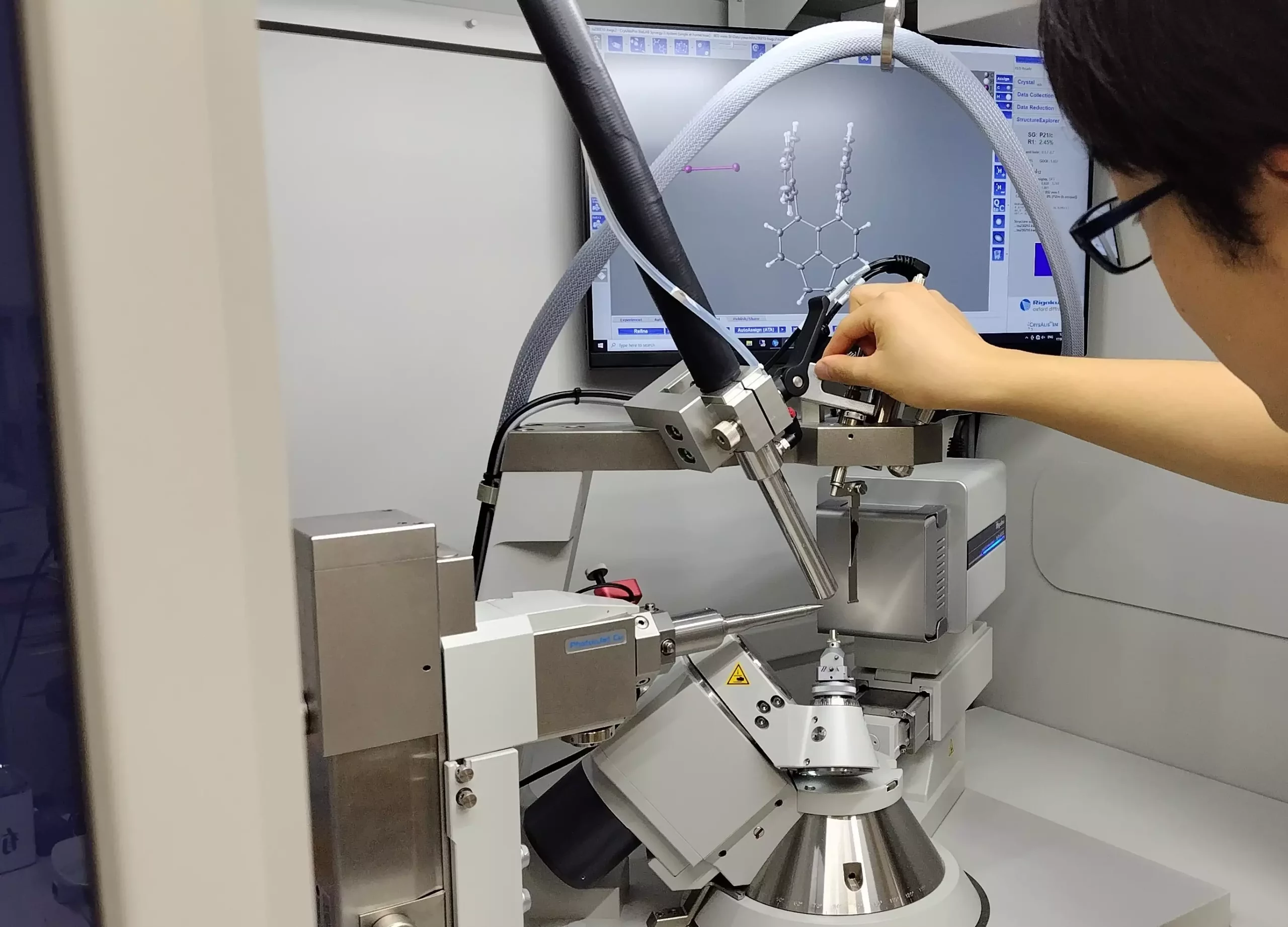Covalent bonds are integral to organic chemistry, representing the keystone of molecular structure where two atoms share electron pairs. This established understanding forms the nucleus of various organic compounds, enabling reactions that underpin life as we know it. However, the complexity of chemical bonding has led researchers to ponder the reality of covalent bonds formed by a singular, unpaired electron.
The pioneering work of Linus Pauling in 1931 opened discussions on the potential existence of single-electron covalent bonds. He hypothesized that these bonds would possess considerable fragility compared to the more common bonds which involve electron pairs. Despite the intriguing theory, practical observations remained elusive, particularly in foundational materials like carbon and hydrogen. The scientific community has grappled with this concept for decades, leading to skepticism about the stability and existence of such bonds in real chemical environments.
Recent research from Hokkaido University marks a significant advancement in our understanding of these elusive single-electron bonds. The research team led by Professor Yusuke Ishigaki succeeded in isolating a compound featuring a single-electron bond between two carbon atoms. This breakthrough was documented in the eminent journal Nature, highlighting its significance in redefining existing chemical bonding theories.
The innovative experimental approach involved the modification of hexaphenylethane, a compound characterized by an elongated paired-electron bond, which was subjected to an oxidation process under iodine exposure. This reaction yielded dark violet-hued crystals, which were crucial for further analysis. The team utilized advanced X-ray diffraction techniques to observe the spatial arrangement of the carbon atoms within the crystals, revealing their proximity—an indicator of the presence of a single-electron covalent bond. To reinforce these findings, Raman spectroscopy was employed, confirming the initial observations.
This accomplishment not only serves as experimental validation for the theory of single-electron bonds in carbon but also poses exciting opportunities for future chemical exploration. Takuya Shimajiri, a key contributor to the study now affiliated with the University of Tokyo, emphasized the potential ramifications of their findings on a broader scale. Understanding this unique form of bonding may ignite novel avenues in chemical synthesis and reaction dynamics, profoundly impacting fields ranging from materials science to organic synthesis.
The establishment of a single-electron bond between carbon atoms represents a quantum leap in chemical research, challenging established notions and inspiring curiosity about the unknown realms of chemistry. As scholars continue to investigate this remarkable bonding mechanism, we can anticipate significant contributions to both theoretical and applied chemistry, ultimately reshaping our comprehension of molecular interactions. The implications of this research stretch far beyond mere curiosity, heralding a new epoch in the study of chemical bonds and their vast potential.


Leave a Reply